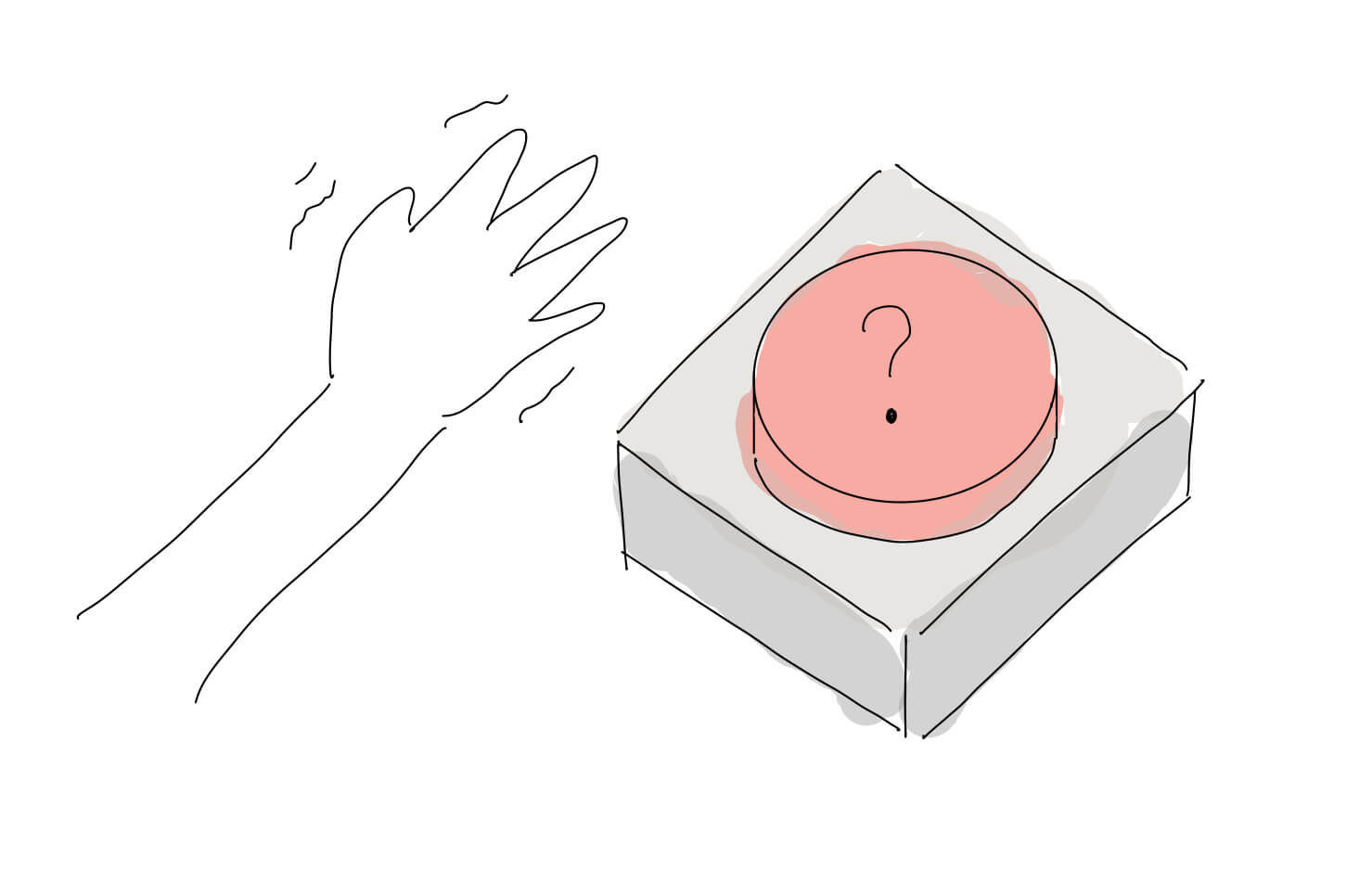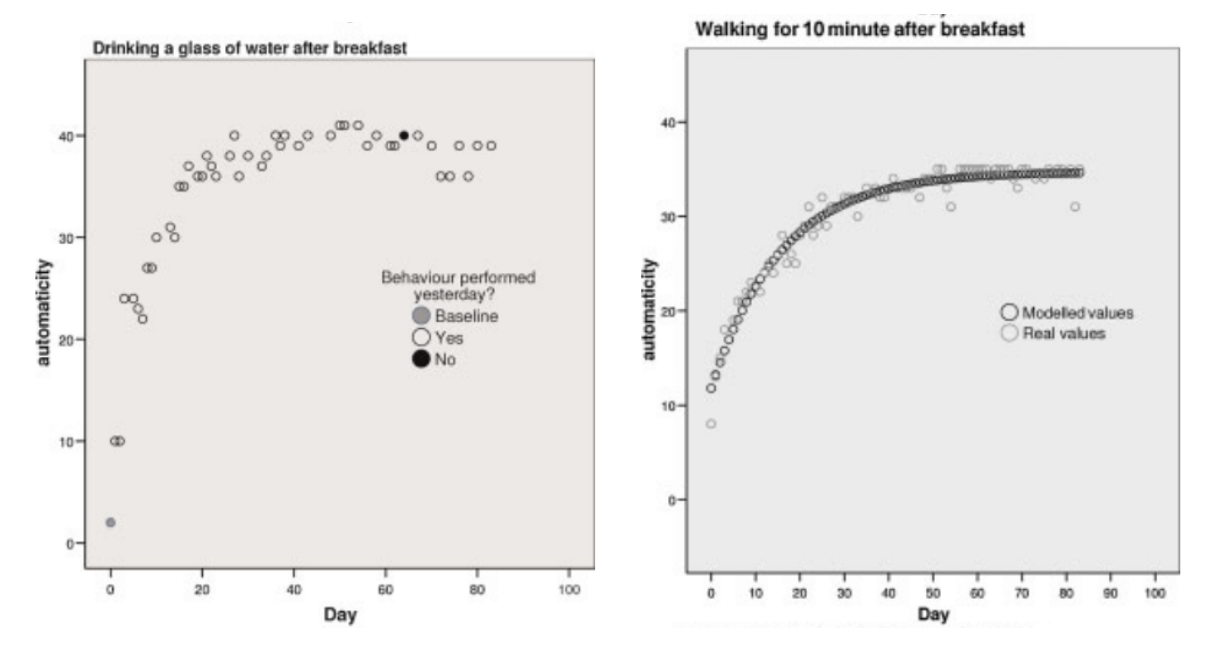How to Increase User Engagement - 3 Learnings from Psychology
5 minute read | May 29, 2021
product
Here are three learnings you can apply from the fields of psychology and neuroscience to increase user engagement and build habit forming products.

1. Deliver unexpected rewards
The human brain learns behaviours which deliver rewards that exceed predictions. Incorporate unexpected rewards in your product:
- Congratulation messages: congratulatory pop-up messages after a user performs a correct initial key action (e.g. creating your first post 🎉)
- Social feedback: invite other users to send shout outs or add reactions to a user after completing an action (e.g. notify emoji reactions 🐐)
- Bonuses: bonus credits, coupons and points (e.g. inviting users, sharing photos)
Negative rewards that disappoint predictions can also cause people to unlearn behaviours. Ensure your product’s features do what users expect them to do. Identify and respond to bugs as early as possible for first time users. Retain users by continuing to find opportunities to deliver rewards that exceed predictions (under-promise and over-deliver).
Why?
Studies have shown that dopamine neurons in the brain are activated by rewards that exceed predictions rather than the actual reward itself (reward prediction error coding). The presence of dopamine helps neurons wire together and develop new behaviours including habits.
Dopamine neurons are a major contributor to addictions like gambling, and drug abuse. The variable nature of rewards causes people to develop habitual behaviours even in the absence of achieving the desired goal. Recovering heroin addicts often talk about chasing their first unexpected high and continuing to use even if they can’t get high.
Dopamine Reward Prediction Coding - Wolfram Schultz (2016)

Demonstration of reward prediction error in brains of monkeys. Top panel shows increased dopamine response to an unpredicted reward (R). Middle panel shows lack of dopamine response to predicted reward (R) and bottom panel shows depressed dopamine response when a predicted reward does not occur. (From Hard to Break adapted from Schultz et al)
2. Repeat easy to perform actions
Incorporate features that are simple to perform, require limited decision-making and can be repeated (in a pleasant manner):
- Single actions: reduce complex multi-step tasks into single actions (e.g. Amazon 1-click ordering)
- Feedback: gather user input with predefined responses (e.g. slack comment reactions)
- Less options: favour less choices, create habit and reduce decision making (e.g. an Approve button vs transition status)
Why?
Performing an action or task for the first time requires focus and planning. Repetition of actions in a consistent context progressively increases the formation of them into habits.
A study of healthy habit formation also found that the complexity of tasks impacts the development of habits. Participants who selected more complex tasks to develop as habits, such as exercise after meal, took 1.5 times longer than simpler tasks such as drinking after meal.
How are habits formed: Modelling habit formation in the real world - P Lally, C Van Jaarsveld, H Potts, J Wardle (2010)

Example of increases in automaticity scores based on daily questionnaires (42 max score answering “I did the task automatically”) over time. Most participants reached an asymptotic score representing habitual performance following repetition. More complex tasks took longer to achieve automaticity than simpler tasks.
3. Trigger to target environment
Habits are more easily learned based on the context at the time. Deploy triggers that take advantage of consistent context and cues your users find themselves in:
- Time and Place: when and where are users best placed to use your product? You are competing for their attention so target an ideal context (e.g. send early morning reminders to get them before they go to work)
- Platform: should they be performing the task on mobile, desktop, tablet via email? Focus triggers based on the relevant platform (e.g. use mobile notifications to get users to upload photos and email notifications to view and share reports).
Why?
The brain’s two memory systems include both the conscious and the habitual (lizard brain). Habitual memories are contextual. A famous example comes from Claparede’s Pinprick Experiment on an amnesiac patient. One day, he hid a pin in the hand he used to greet one of his amnesiac patients. Later, the patient had no memory of the pinprick or even greeting the doctor. When asked why she pulled her hand back she said “Sometimes pins are hidden in people’s hands”.
In a study observing the treatment context of spider phobia, patients who were successfully able to fight their phobia had their fear return when confronted with the phobic stimulus in a context different than the one used during the initial therapy. The study suggests that new behaviours become easier to learn in a similar context and easy to lose when confronted with a different context.
Want more tips?
Get future posts with actionable tips in under 5 minutes and a bonus cheat sheet on '10 Biases Everyone Should Know'.
Your email stays private. No ads ever. Unsubscribe anytime.